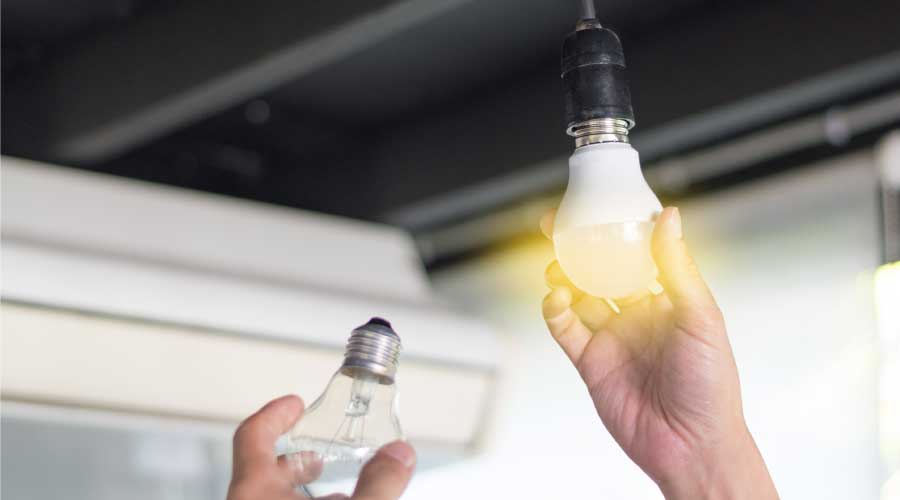Lighting Controls Offer Energy Efficiency, Cost Savings
How can lighting control strategies offer increased savings? What is an overlooked control strategy that can help save money?
Outstanding savings are possible from controls — especially for lighting systems that are already moderately efficient. For instance, I assisted a major Southern California client in a controls-only retrofit with over 50 percent energy savings and less than 3 year payback — yet their lighting system had already benefitted from a T-8 lamp/electronic ballast delamping retrofit 10 years prior.
The most overlooked controls strategy is tuning. Tuning involves installing dimming ballasts and reducing general lighting levels 15 to 25 percent. This is fairly easy for most office buildings — provide users with 6- to 9-watt LED task lights and, if particular groups or departments complain, increase only their department to almost full output. Most workers are happy with lower light levels anyway. Just don't go too low — 20 to 25 footcandles is a good average light level for most offices these days.
Answers provided by Jim Benya, principal, Benya Lighting Design, and partner, Benya Burnett Consultancy. Benya is a professional engineer and lighting designer with 39 years experience in architectural lighting design. He is the author of two books, “Lighting Design Basics” and “Retrofitting and Relighting.”
Related Topics:














